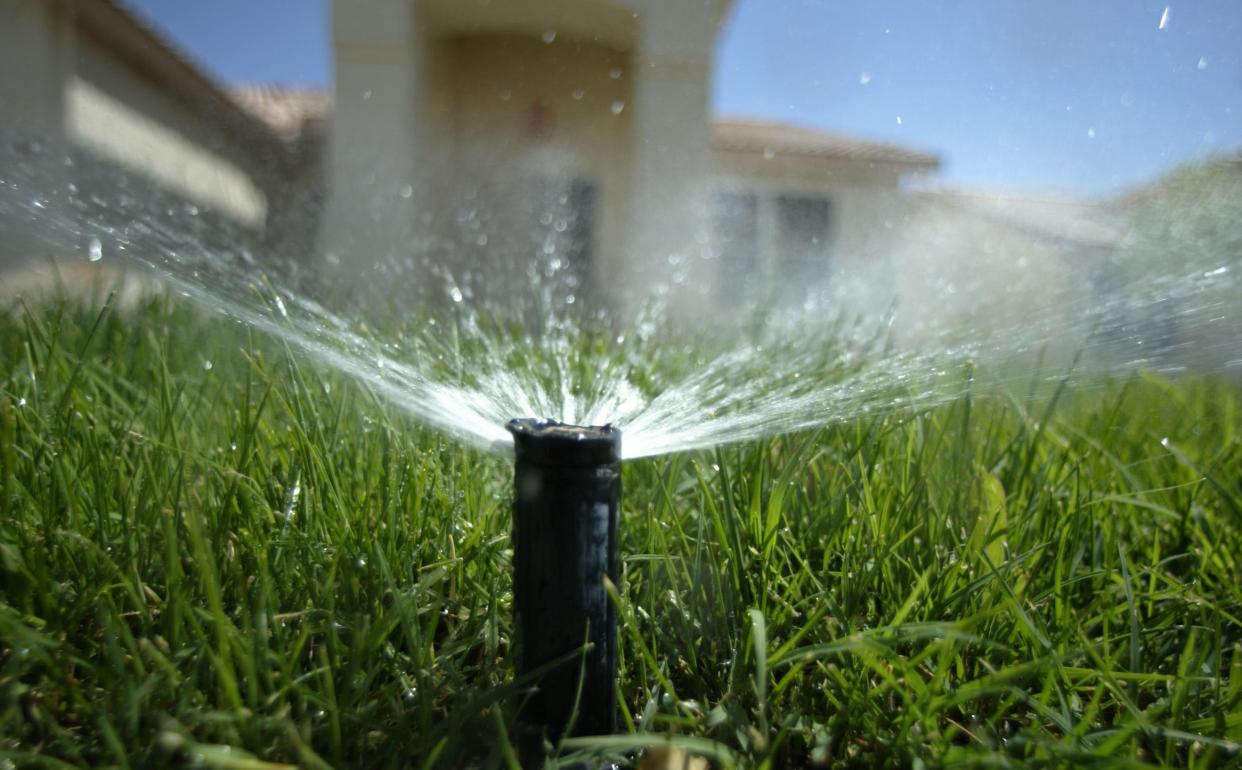Best practices for watering your lawn and garden during drought-like conditions

We are currently experiencing the driest weather conditions I can remember at this time of the year. We ended the month of May two and half inches below the average rainfall for that month. The last time we had measurable precipitation was on May 20 when we registered .25 inches of rain.
As I write this the extended weather forecast has little to no rain in the extended forecast. We are reaching the point where we should be concerned about our lawns and landscapes. Watering the plants in our yards can be both simple and complicated at the same time.
Watering can be complicated because we have so many different types of plants. Different plants will have different requirements when it comes to watering. The watering requirements can also vary depending on the location of where a plant is growing. How much sun and wind a plant gets will contribute to how much water plants use.
Speaking of water: How to avoid the No. 1 reason plants struggle through the summer
This is why it is very difficult to instruct someone how often to water plants. When people buy plants the most common question is how much to water. This seems like an easy, simple question but it could be a tricky one. This is because too much water can be as detrimental as not enough.
I learned a phrase several years ago about watering that has stuck with me. You cannot water too much but you can water too often. What this means is that when you are watering the volume of water is not as important as the frequency.
Throughout the year in these articles, I try to remind you that most plants will suffer if they are growing in soil that is constantly wet. The roots of plants take in the water, but they also take in oxygen. Wet soil keeps the oxygen out.
Your strategy for watering any plants from grass to trees is to give them a thorough soaking. You want to make sure you allow enough time for the water to soak into the soil. When you do this you will be able to reduce the frequency of how often you water. If you are not penetrating the soil you are simply wasting water.
When it comes to your lawn the type of grass you have will make a big difference in how often you need to water, Turf Type Tall fescues are very drought tolerant. Bluegrass and Rye grasses are not. When turf is not getting sufficient moisture it will go dormant before dying. It does take a long time for grass to be permanently damaged from drought. To keep your grass healthy and happy it should be receiving the equivalent of an inch of rain each week.
June: It's time to focus on perennials in your garden 💐
Many of you will diligently water your lawn while ignoring the plants in your landscape. When we experience dry conditions like we are now your trees and shrubs can use a drink too. It is easy to tell when the leafy deciduous plants are dry because they wilt. Evergreens are always overlooked because they do not wilt. These need attention too.
The annual and perennial flowers are cared for the most. We cater to these plants because they were most likely planted recently. We want these plants to thrive because they give us the most joy. For this reason, these plants are more often overwatered. You need to be careful with these allowing them to dry out between watering.
The flowers should be watered by hand with the hose. The lawn and landscape plants should be watered with a sprinkler. This is because the lawn and landscape need to be watered for a longer period of time. You want to get the water into the soil in large areas.
This article originally appeared on Cincinnati Enquirer: Tips for watering your lawn and garden during drought-like conditions

